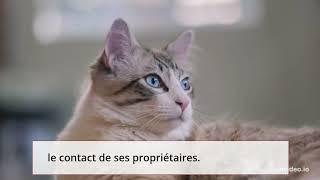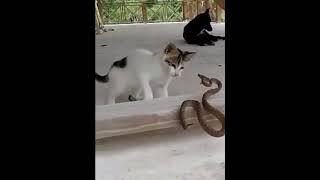General tips for lovebirds breeding
Before embarking on lovebird breeding, please bear in mind that this undertaking is not without its risks. You may wind up with birds that do not get along, and if you keep more than 1 pair you will likely need separate facilities for the breeders (except perhaps in an outdoor aviary).
Health concerns may also arise – females may become egg bound, or produce too many clutches. Also, even friendly, long-term pets usually become quite protective of their nests, and will remain aggressive towards you throughout the breeding season.
Distinguishing the Sexes
Unfortunately, males and females of the most commonly kept lovebirds – the peach-faced, Fischer’s and masked – are nearly indistinguishable by eye. You will need to watch their behavior closely, or submit samples for DNA or feather sexing to be sure.
Abyssinian, Madagascar and red-faced lovebirds are sexually dimorphic, but these species are only infrequently kept as pets in the USA.
The Nest
Wild lovebirds nest in tree hollows or appropriate (sometimes forcibly ejecting the owners!) the nests of swifts and various weavers. In captivity a specially designed lovebird nest box will suit them well. The nest should be positioned as high within the cage as is possible.
Wood shavings should cover the floor of the box to a depth of 2-3 inches. This will simplify cleaning and prevent the splay-legged condition that is often seen in chicks raised on hard surfaces.
Wild lovebirds repeatedly carry fresh bark into their nests, a habit which may increase humidity. Captive lovebirds will readily utilize moistened cypress for this purpose. Lightly spraying the fe
male lovebird when she is out of the nest will also help in this regard (do not spray within the box itself). Commercial nesting material should also be available.
Peach-faced and several other lovebirds tuck nesting material within their feathers to transport it to the nest…don’t miss watching this unique behavior if
https://youtu.be/fbDaIRrUyd4
#breeding
#lovebirds
#lahorebirdsloverhelp
#opaline
#albino
#avicultura
#naveedsheikh
#naveedsheikh
#greenopaline
@Abdullah Birds Official
Before embarking on lovebird breeding, please bear in mind that this undertaking is not without its risks. You may wind up with birds that do not get along, and if you keep more than 1 pair you will likely need separate facilities for the breeders (except perhaps in an outdoor aviary).
Health concerns may also arise – females may become egg bound, or produce too many clutches. Also, even friendly, long-term pets usually become quite protective of their nests, and will remain aggressive towards you throughout the breeding season.
Distinguishing the Sexes
Unfortunately, males and females of the most commonly kept lovebirds – the peach-faced, Fischer’s and masked – are nearly indistinguishable by eye. You will need to watch their behavior closely, or submit samples for DNA or feather sexing to be sure.
Abyssinian, Madagascar and red-faced lovebirds are sexually dimorphic, but these species are only infrequently kept as pets in the USA.
The Nest
Wild lovebirds nest in tree hollows or appropriate (sometimes forcibly ejecting the owners!) the nests of swifts and various weavers. In captivity a specially designed lovebird nest box will suit them well. The nest should be positioned as high within the cage as is possible.
Wood shavings should cover the floor of the box to a depth of 2-3 inches. This will simplify cleaning and prevent the splay-legged condition that is often seen in chicks raised on hard surfaces.
Wild lovebirds repeatedly carry fresh bark into their nests, a habit which may increase humidity. Captive lovebirds will readily utilize moistened cypress for this purpose. Lightly spraying the fe
male lovebird when she is out of the nest will also help in this regard (do not spray within the box itself). Commercial nesting material should also be available.
Peach-faced and several other lovebirds tuck nesting material within their feathers to transport it to the nest…don’t miss watching this unique behavior if
https://youtu.be/fbDaIRrUyd4
#breeding
#lovebirds
#lahorebirdsloverhelp
#opaline
#albino
#avicultura
#naveedsheikh
#naveedsheikh
#greenopaline
@Abdullah Birds Official
- Catégories
- Chats de Race Abyssin
- Mots-clés
- #lovebirds, Naveed sheikh, Parblue Lover family
















Commentaires